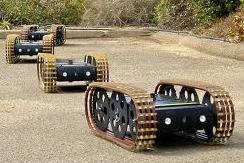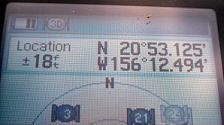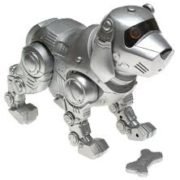Posts
 In Part One of our series on GPS, we discussed its uses, problems, and alternatives. In Part Two, we take a look at the role of GPS in Unmanned Ground Vehicles (UGV).
In Part One of our series on GPS, we discussed its uses, problems, and alternatives. In Part Two, we take a look at the role of GPS in Unmanned Ground Vehicles (UGV).
Inertial Navigation System
Unmanned Aerial Vehicles (UAV) and ground vehicles often use a combination of GPS and Inertial Navigation System (INS). INS depends on input from motion sensors (accelerometers) and rotation sensors (gyroscopes). Through a process known as “dead reckoning,” the vehicle’s current position is calculated utilizing time passed from previous locations and estimates of speed.
Read more
 GPS is cheap, available, accurate, and wildly successful. That has freaked out some people. To learn about GPS vulnerabilities, proposed enhancements, and possible alternative navigational systems, read here.
GPS is cheap, available, accurate, and wildly successful. That has freaked out some people. To learn about GPS vulnerabilities, proposed enhancements, and possible alternative navigational systems, read here.
American Reliance, Inc.
789 N Fair Oaks Ave,
Pasadena, CA 91103
Office Hours
Monday-Friday:
8:00 am – 5:00 pm PST
Saturday: Closed
Sunday: Closed
Main: +1 (626) 482-1862
Fax: +1 (626) 226-5716
Email: AskUs@amrel.com
Blog Posts
Mobile Biometric Solutions
Mobile Biometric Smartphones & Tablets
BioFlex S® Commercial Smartphones
BioSense AT80B | 8″ Android Biometric Tablet
BioSense PA5 | 10.1″ (Gen 2) Android Biometric Tablet
BioSense PA5 | 10.1″ Android Biometric Tablet
BIOPTIX PM3B | 7″ Windows Biometric Tablet
BIOPTIX PM5B | 10.1″ Windows Biometric Atom Tablet




